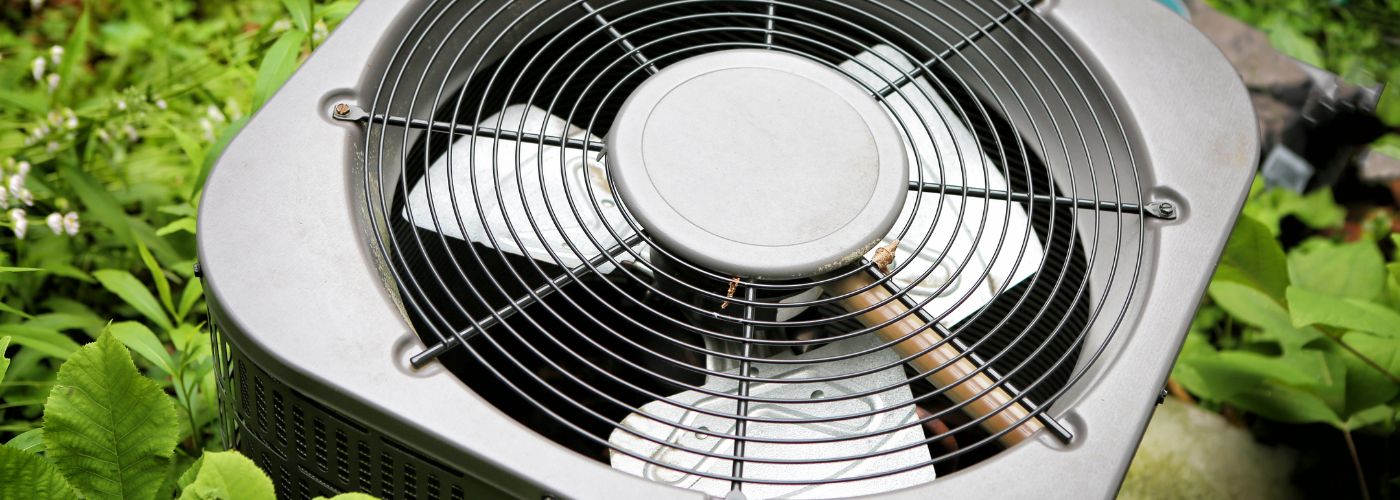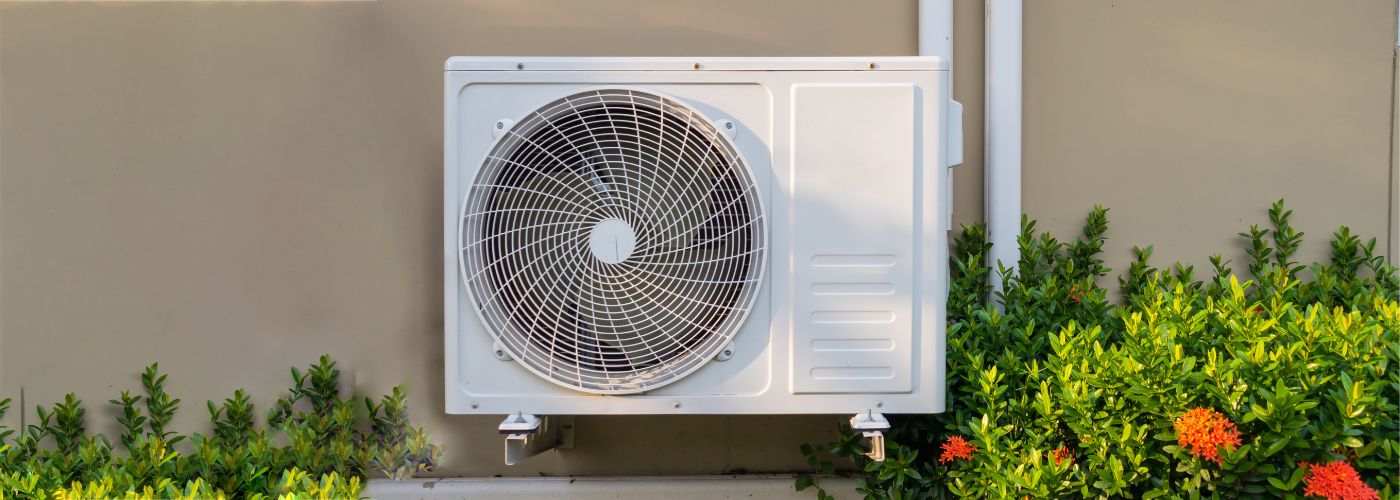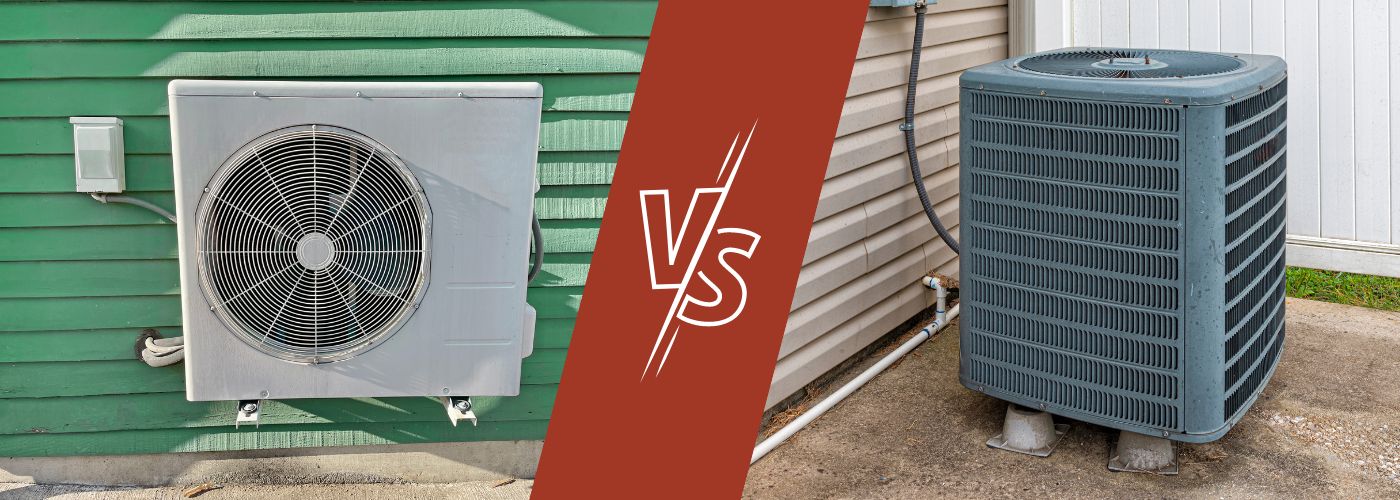When it comes to cooling your home, there are two main options: mini split air conditioners (ACs) and central air. Both systems have their advantages and disadvantages, leaving homeowners wondering which one is better for their specific needs. However, which one is the better option for your home or business? We’ll be taking a look at what’s better a mini split AC or central air?
What Is Better Central AC or Split AC?

Central AC systems use a single unit to cool an entire house, while split AC units have an indoor unit that connects to an outdoor compressor. So which one is better?
One advantage of central AC installation is that it can cool your whole house evenly. You won’t have areas that are too cold or too warm because the system distributes air through vents in each room.
Central AC is often more energy-efficient than split systems because it has fewer components and uses less electricity overall.
One major benefit of central AC systems is that they are much quieter than other types of air conditioning units. This is because the majority of the components are located outside the home, meaning that noise levels inside remain low even when the system is running at full capacity.
Additionally, central AC systems offer superior air filtration capabilities, which can help improve indoor air quality by removing dust, allergens, and other pollutants from the air. This makes them an excellent option for individuals with allergies or respiratory issues who need clean air to breathe comfortably.
On the other hand, mini split AC units provide zone cooling or heating options. This means you can independently adjust the temperature in different rooms or areas of your home.
Additionally, mini splits are more energy-efficient than traditional central air conditioning systems as they don’t require ductwork for installation. This also means less noise pollution as there is no sound from the ducts.
What Are The Disadvantages Of Mini Split Systems And Central Air?

Mini split systems and central air conditioning are two of the most commonly used cooling systems in homes and offices worldwide. While both have their advantages, they also come with their fair share of disadvantages that can make users think twice before investing in them.
One of the biggest concerns for mini split system users is its high initial cost compared to traditional window-mounted units. This is because mini split systems require professional installation, which can be quite expensive depending on your location.
Another disadvantage of mini-split systems is their limited capacity to simultaneously cool larger spaces or multiple rooms. If you have a large house or want to cool several rooms at once, you would need to install multiple indoor units, which can significantly add up to your total costs.
One of the most significant drawbacks of central air conditioning units is their cost. The initial installation can be expensive, and ongoing maintenance costs can increase over time. Additionally, central AC systems require regular cleaning and filter replacement to ensure they operate efficiently and effectively.
Another disadvantage of central air conditioning units is that it consumes a lot of energy, which can drive up energy costs. The central AC unit cools and warms your entire home, so if you live in an area that’s always warm, then your central air system may be on all-day.
What’s More Energy-Efficient Mini Splits or Central Air?

When it comes to choosing the right cooling system for your home, there are two main options: mini splits and central air. Both of these systems have their pros and cons, but one key factor that homeowners often consider is energy efficiency. So, which option is more energy-efficient?
Mini splits are typically more energy-efficient than central air systems. This is because they do not require ductwork, which can account for up to 30% of energy loss in a typical central air system.
Instead, mini splits use small pipes that connect the indoor unit to the outdoor unit. This means that there is less space for air leaks and less opportunity for conditioned air to escape.
Additionally, mini splits allow greater control over temperature zones in your home. With traditional central air systems, you typically have one thermostat controlling the entire house. This can lead to wasted energy as some rooms may be cooler or warmer than necessary.
How Many Years Do Mini Splits And Central AC Units Last?
When you invest in a cooling system for your home, you want it to last as long as possible. While regular AC maintenance and upkeep can help extend the lifespan of both mini splits and central AC units, it’s important to know how many years you can expect them to operate efficiently.
Mini splits typically have a longer lifespan than traditional central AC units. A well-maintained mini split can last up to 20 years or more, while a typical central AC unit will usually last between 10-15 years.
However, if your mini split or central AC unit is installed in an area with high humidity or salt air (such as near the ocean), its lifespan may be shorter due to increased wear and tear on the equipment.
In addition to regular maintenance, proper installation is key to ensuring your cooling system lasts as long as possible!
